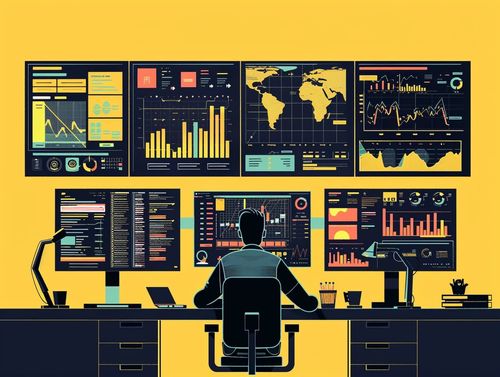Automated trading, also known as algorithmic trading, is a strategy that involves using computer programs to execute trades in financial markets automatically. These programs, often referred to as trading bots or algorithms, are designed to follow specific sets of rules and criteria to make trading decisions without human intervention.
The process of automated trading typically begins with the development of a trading strategy. This strategy outlines the rules and conditions under which trades should be executed, including entry and exit points, risk management parameters, and any other relevant factors.
Once a trading strategy is developed, it is translated into code that can be understood and executed by a computer program. This code is then integrated into a trading platform or software, which connects to a broker or exchange to facilitate the execution of trades.
Automated trading systems can utilize a variety of techniques and indicators to make trading decisions, including technical analysis, fundamental analysis, and machine learning algorithms. These systems can also be designed to trade across various asset classes, such as stocks, currencies, commodities, and cryptocurrencies.
One of the key advantages of automated trading is its ability to remove human emotions from the trading process. By following a predetermined set of rules and criteria, automated trading systems can execute trades consistently and without hesitation, even in volatile market conditions.
Additionally, automated trading can help traders take advantage of opportunities in the market that may be missed by manual trading methods. By continuously monitoring market conditions and reacting to changes in real-time, automated trading systems can execute trades more quickly and efficiently than human traders.
However, automated trading also comes with its own set of risks and challenges. For example, poorly designed trading algorithms can lead to significant losses if they fail to account for certain market conditions or unforeseen events. Additionally, automated trading systems can be susceptible to technical glitches, connectivity issues, and cyber attacks.
Overall, automated trading offers traders a powerful tool for executing trades quickly and efficiently, but it requires careful planning, testing, and monitoring to ensure success in the long run. By understanding how automated trading works and implementing best practices, traders can potentially improve their trading results and achieve their financial goals.

